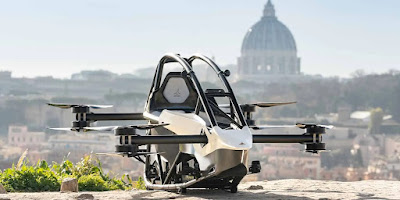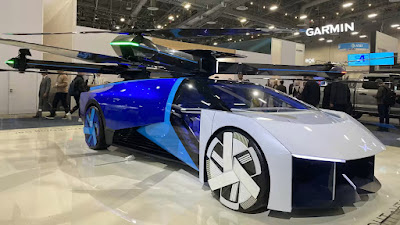
Skybound Mobility - In the rapidly evolving landscape of technology, GAC Group has once again proven its commitment to pushing boundaries by unveiling its groundbreaking flying car, the GOVE, at the prestigious China International Aviation and Aerospace Exhibition in late 2024. This innovative creation signifies not just a leap forward for the company but also...









